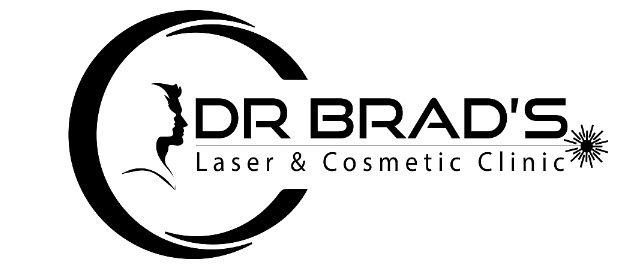Ear wax, or cerumen, serves a vital purpose in keeping our ears healthy. It is produced by glands in the ear canal and has a protective role, preventing dust, debris, and microorganisms from infiltrating deeper into the ear. However, when too much ear wax accumulates, it can lead to various problems, including potential ear infections. Understanding the intricate relationship between ear wax and ear infections can help you take proactive steps toward maintaining ear health.
When ear wax builds up excessively, it can create a blockage in the ear canal. This blockage can trap moisture and allow bacteria to thrive, increasing the risk of ear infections. Most people aren’t aware that the presence of ear wax itself isn’t harmful; it’s when it becomes excessive and accumulates that problems arise. Picture a young client who came to see Dr Brad, feeling a sense of relief after a thorough ear wax removal session. Her nagging headaches and muffled hearing disappeared! In her case, the ear wax was not only affecting her ability to hear but was also creating an environment where infections could begin to develop.
Ear infections can be classified into two main categories: outer ear infections (otitis externa) and middle ear infections (otitis media). Outer ear infections, commonly referred to as swimmer’s ear, occur when moisture is trapped in the ear canal, usually due to failed drainage. This is particularly common among swimmers or those who frequently expose their ears to water. The presence of excessive ear wax can obstruct the natural drainage system, leading to a perfect storm for bacterial growth. Patients often notice a cloudy discharge from the ear or experience pain and itching—a telling sign that it may be time to seek help.
Middle ear infections, on the other hand, occur behind the eardrum and are often a consequence of upper respiratory infections, allergies, or ear wax blockage which may cause fluid buildup. In this case, the accumulated wax can prevent normal air pressure from being maintained in the ear, leading to inflammation and infection. A regular ear check-up could have made a world of difference for a middle-aged gentleman I treated who dealt with recurrent hearing problems. After just one session of ear wax removal, he noticed an immediate improvement. His story highlights how simple ear wax management can lead to better hearing and fewer infections.
Maintaining healthy ear wax levels is essential for ear health. The body naturally clears ear wax over time, but various factors can disrupt this process. Age, use of earplugs, frequent use of earbuds, and even certain medical conditions can contribute to ear wax buildup. When the wax hardens, it becomes more difficult to remove, creating an even higher risk for infection. The age-old saying “prevention is better than cure” rings especially true in this case. Being proactive by seeking regular ear assessments can safeguard against the painful consequences of ear infections.
The best approach for ear wax removal is microsuction, which is a method I confidently recommend to all my patients. This technique uses a gentle suction device that effectively clears away wax while also minimizing the risk of injury to the ear canal and eardrum. Unlike ear candles, which I've seen cause more harm than good, microsuction is precise and safe. One of my patients vividly recalls her first experience with ear candles; it was messy, uncomfortable, and ultimately ineffective. After switching to microsuction, she couldn’t believe the difference—she felt lighter and more in tune with her surroundings.
When it comes to managing ear health, it’s essential to consult with someone you can trust. While ear wax buildup can happen to anyone, not everyone knows how to manage it effectively. For residents in and around Bristol, having a reliable professional specialised in ear wax removal can make all the difference. If you’re experiencing discomfort or a drop in hearing, consider seeking out expert care. My practice is dedicated to providing a comfortable environment and personalised treatment for each patient. You can learn more about my services by visiting my page on ear wax removal bristol.
In conclusion, the intricate relationship between ear wax and ear infections underscores the significance of regular ear health checks and the importance of proper ear wax management. It’s not just about hearing better; it’s also about preventing infections and keeping your ears functioning optimally. So, if you find yourself battling with ear wax or suspect you might be at risk of an ear infection, reaching out for professional help can lead to substantial improvements in your ear health.
This article does not constitute medical advice. Please book with Dr Brad for a formal opinion.
